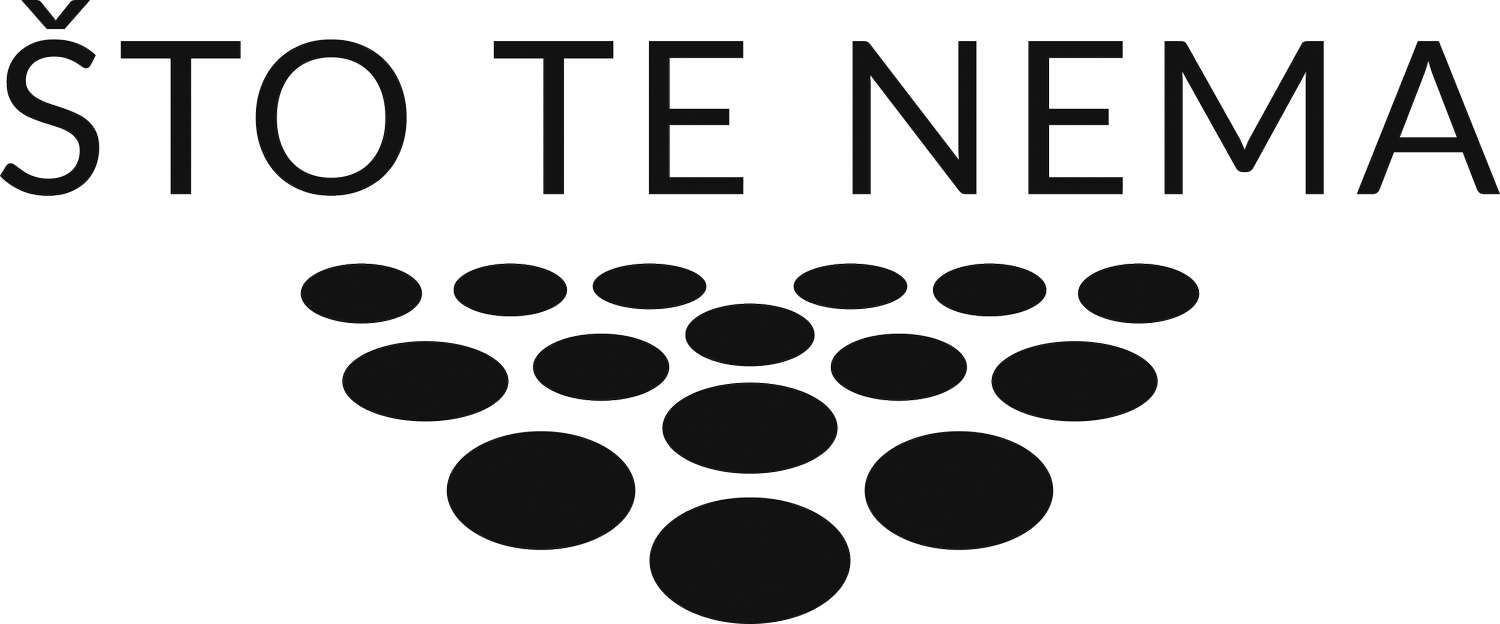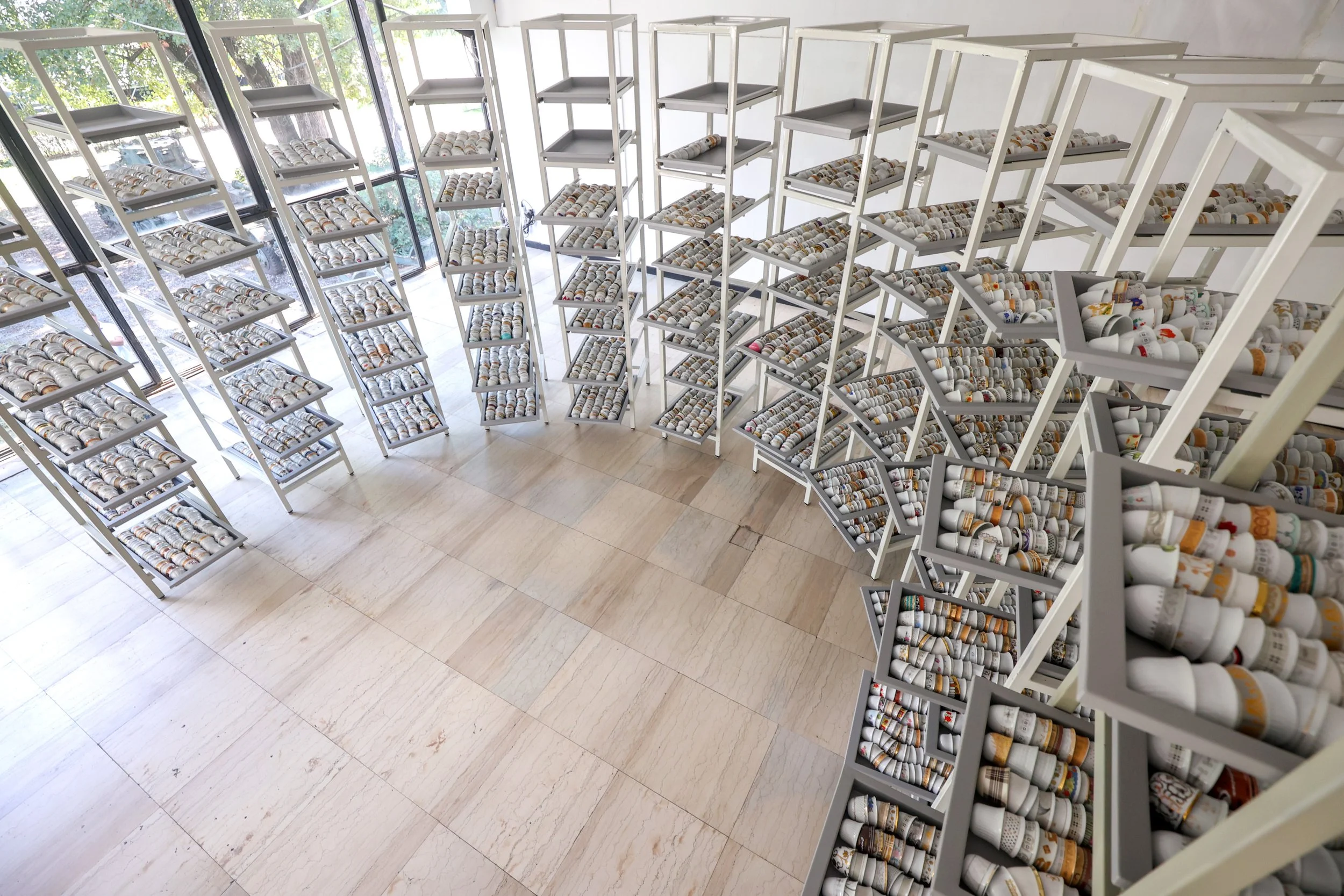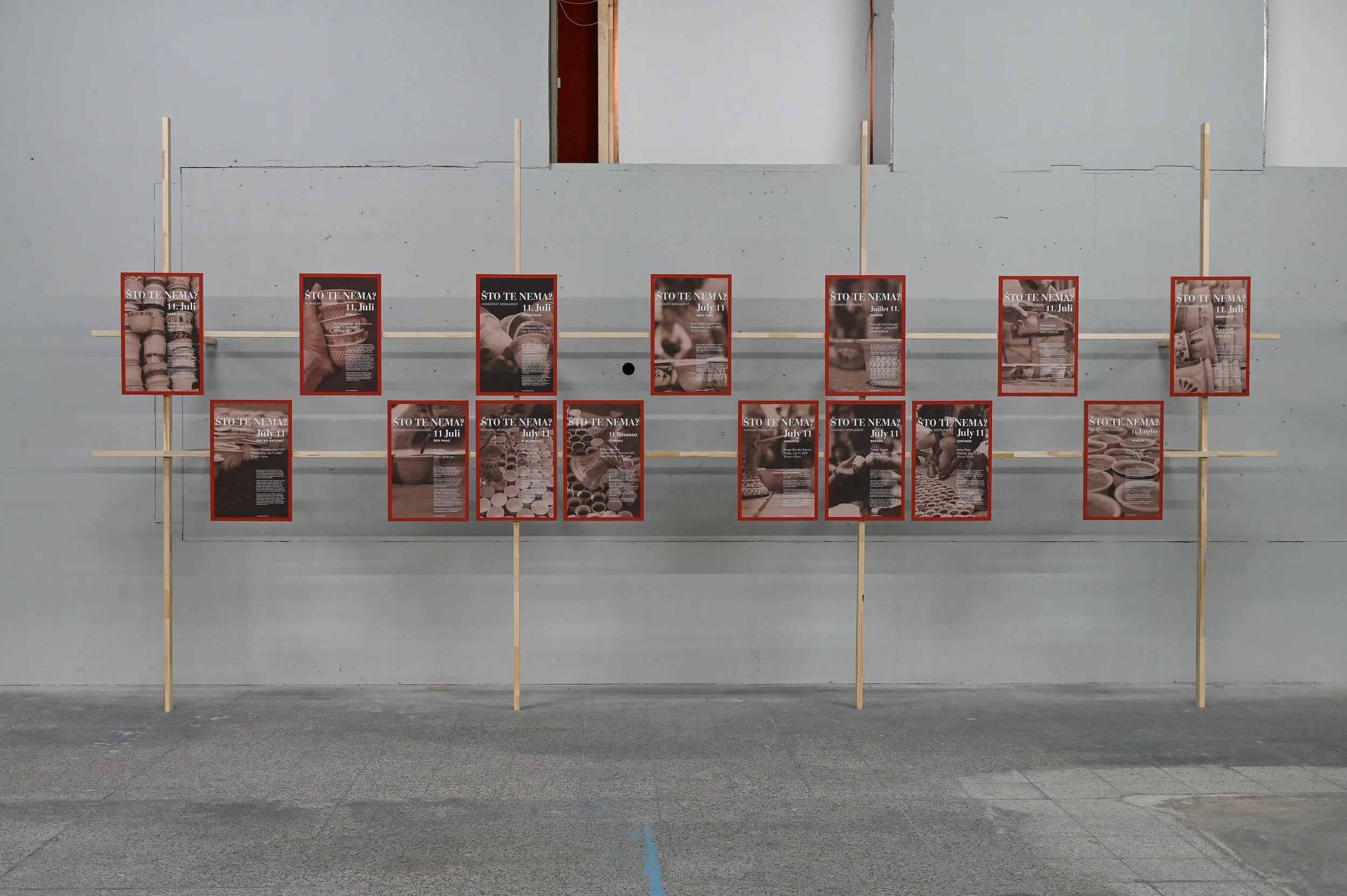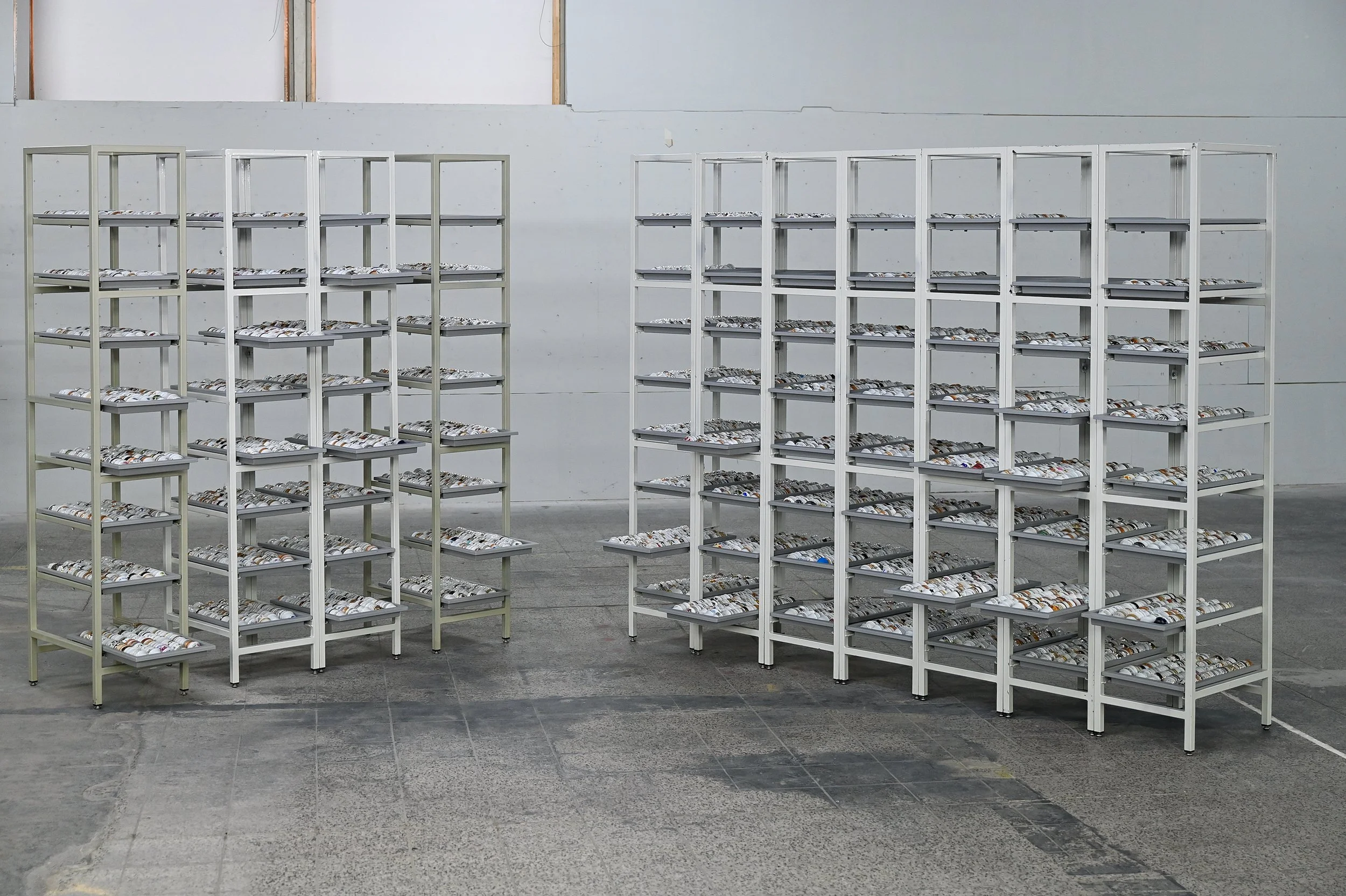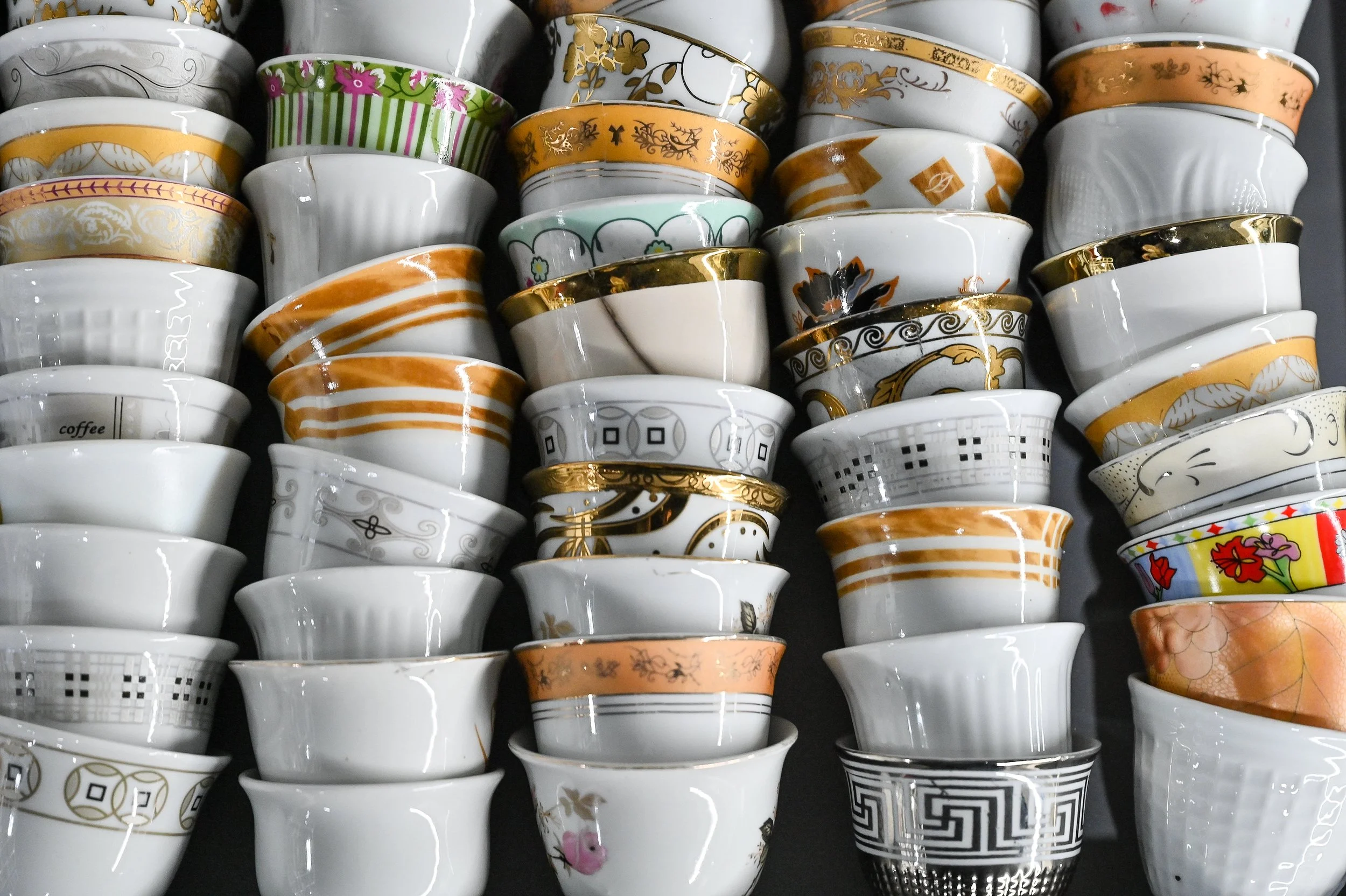ŠTO TE NEMA 2021 HIGHLIGHTS
ŠTO TE NEMA 2021 HIGHLIGHTS
EXHIBITIONS | Winnipeg
Spatium Memoriae [ŠTO TE NEMA] consists of the monument’s collection of more than 8,372 fildžani [porcelain coffee cups] and 15 posters for each of the annual iterations of the public project. In the spring, despite the ongoing pandemic, the monument’s archive was included in ARTIVISM, an exhibition organized by The Auschwitz Institute for the Prevention of Genocide and Mass Atrocities at The Canadian Museum of Human Rights. Here is a LINK to a virtual panel discussion featuring Aida Šehović about the long‐lasting effects of mass atrocities and how art can raise awareness and provoke action for change.
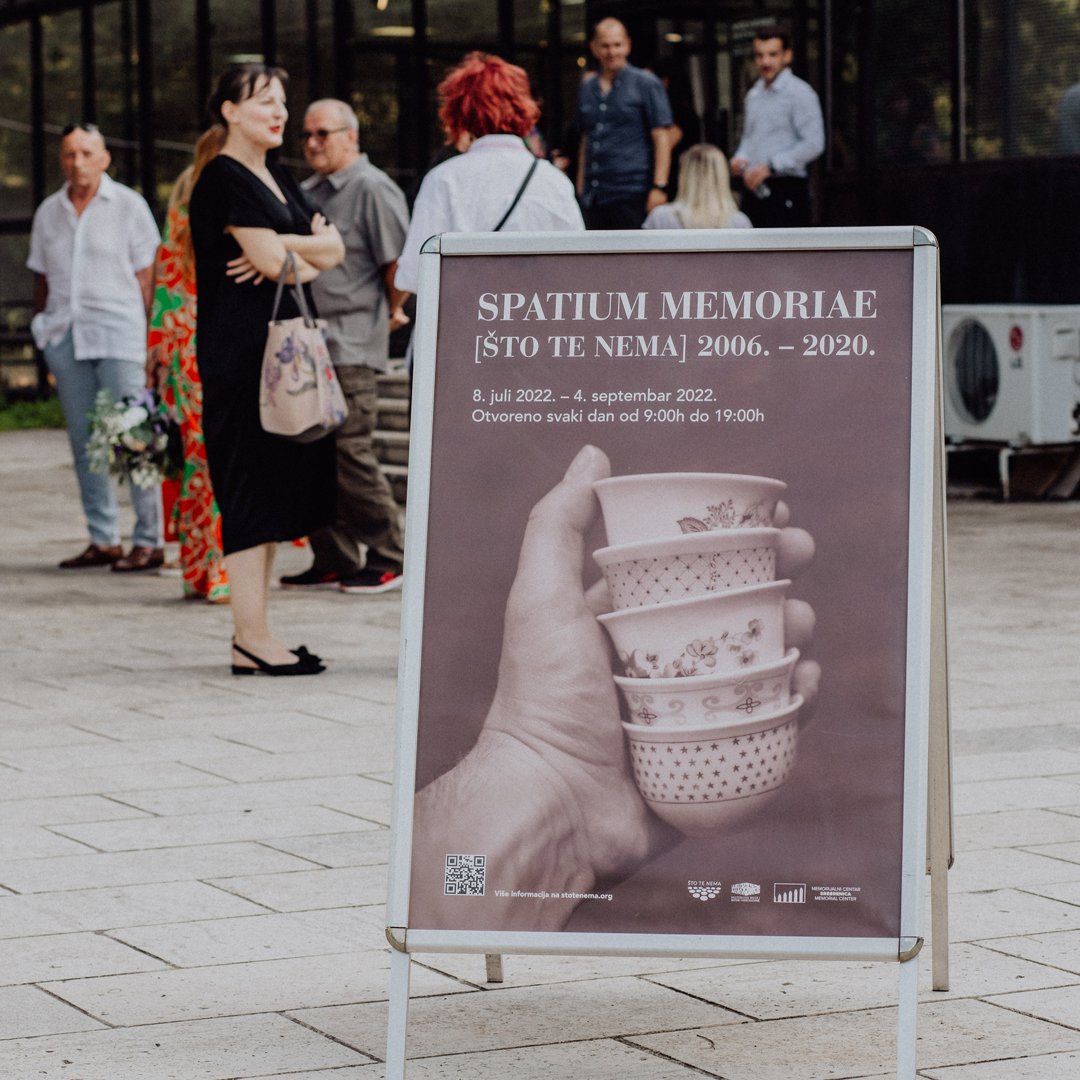

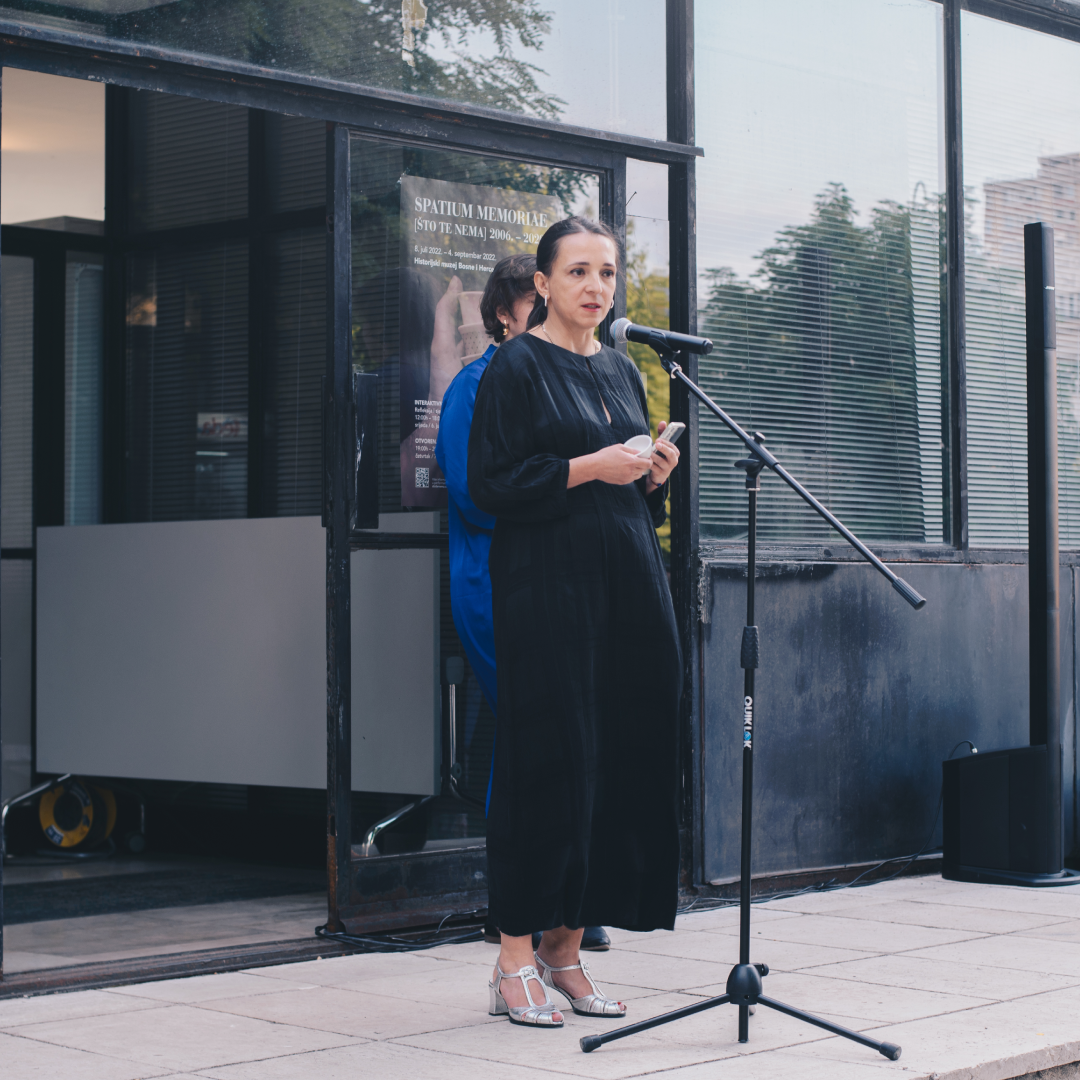
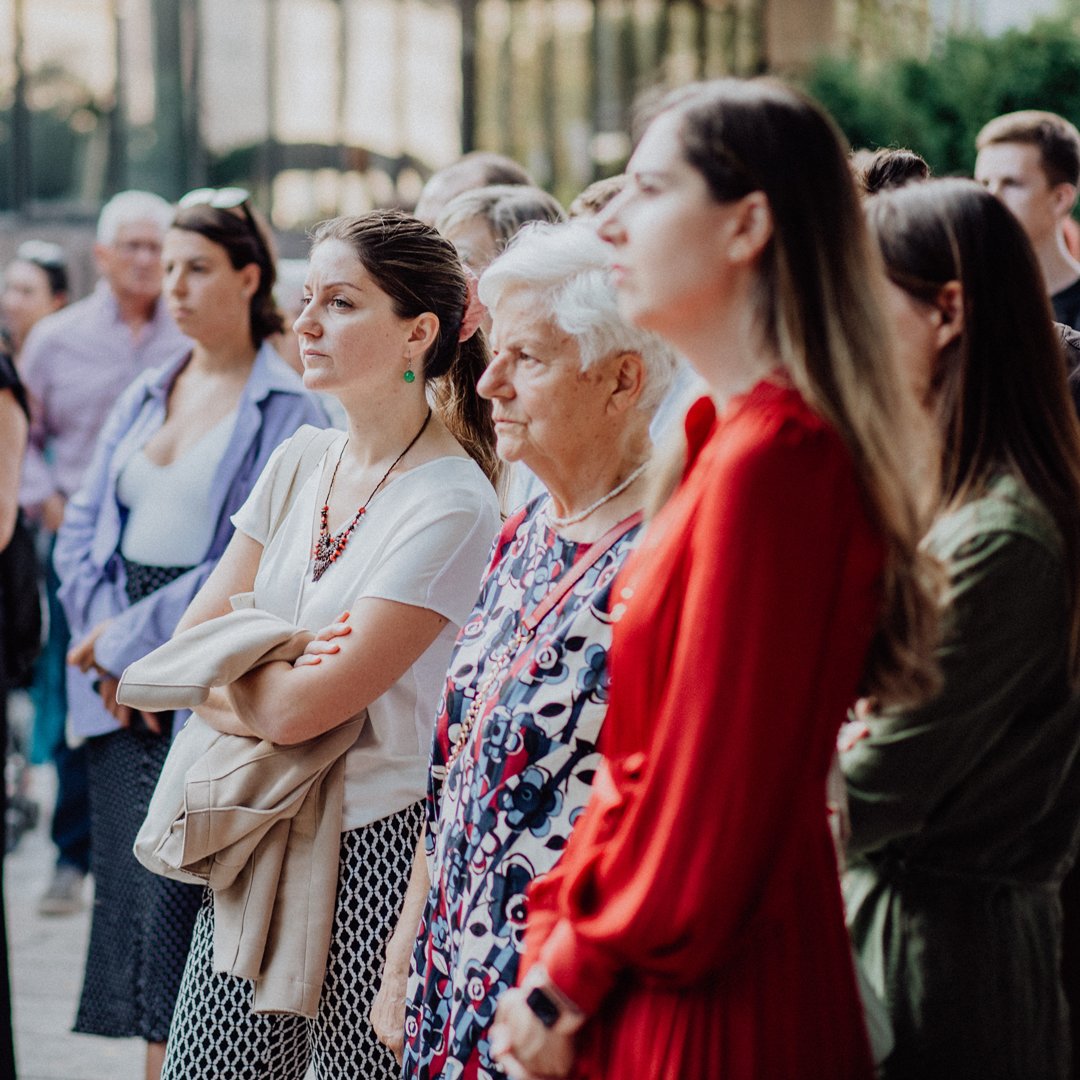


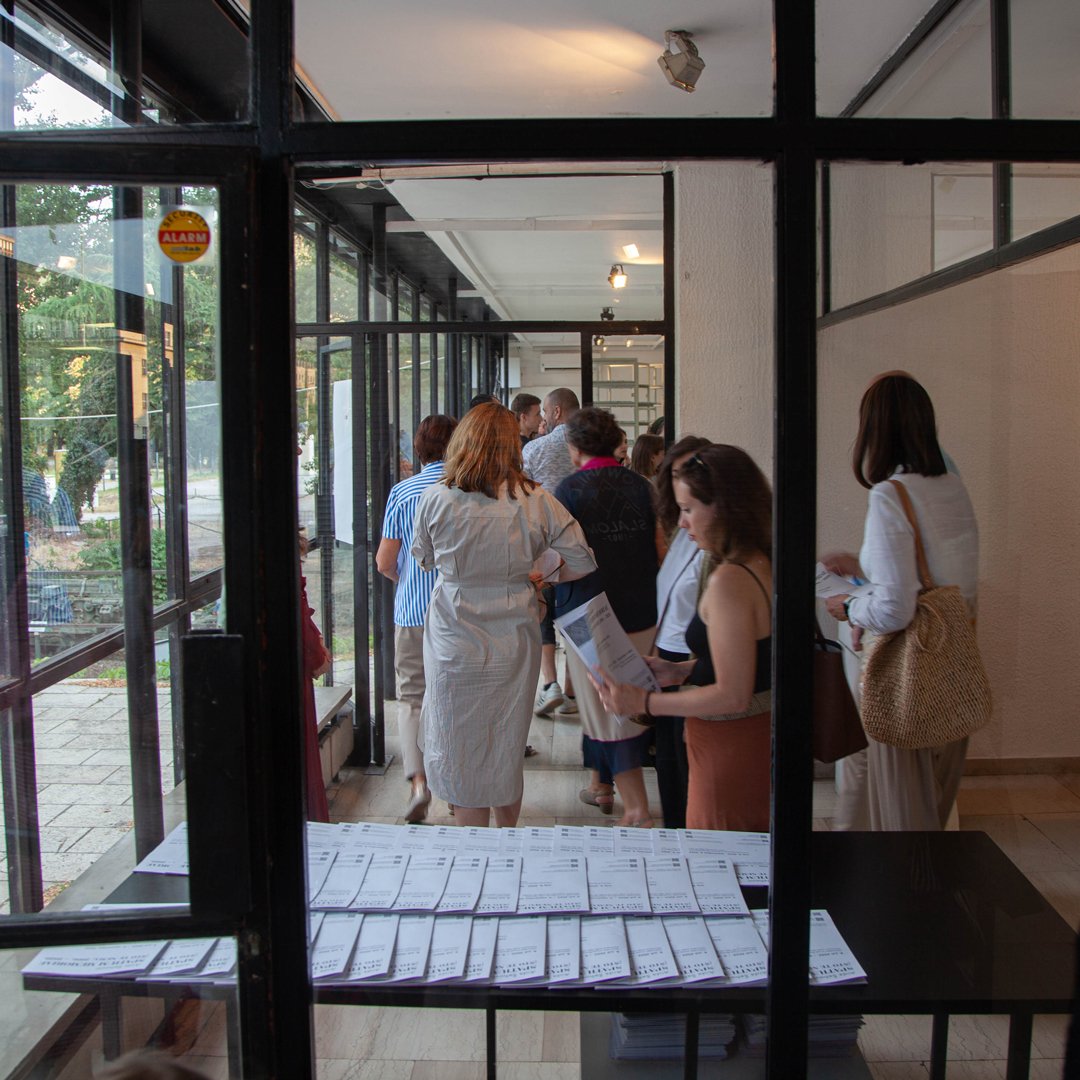

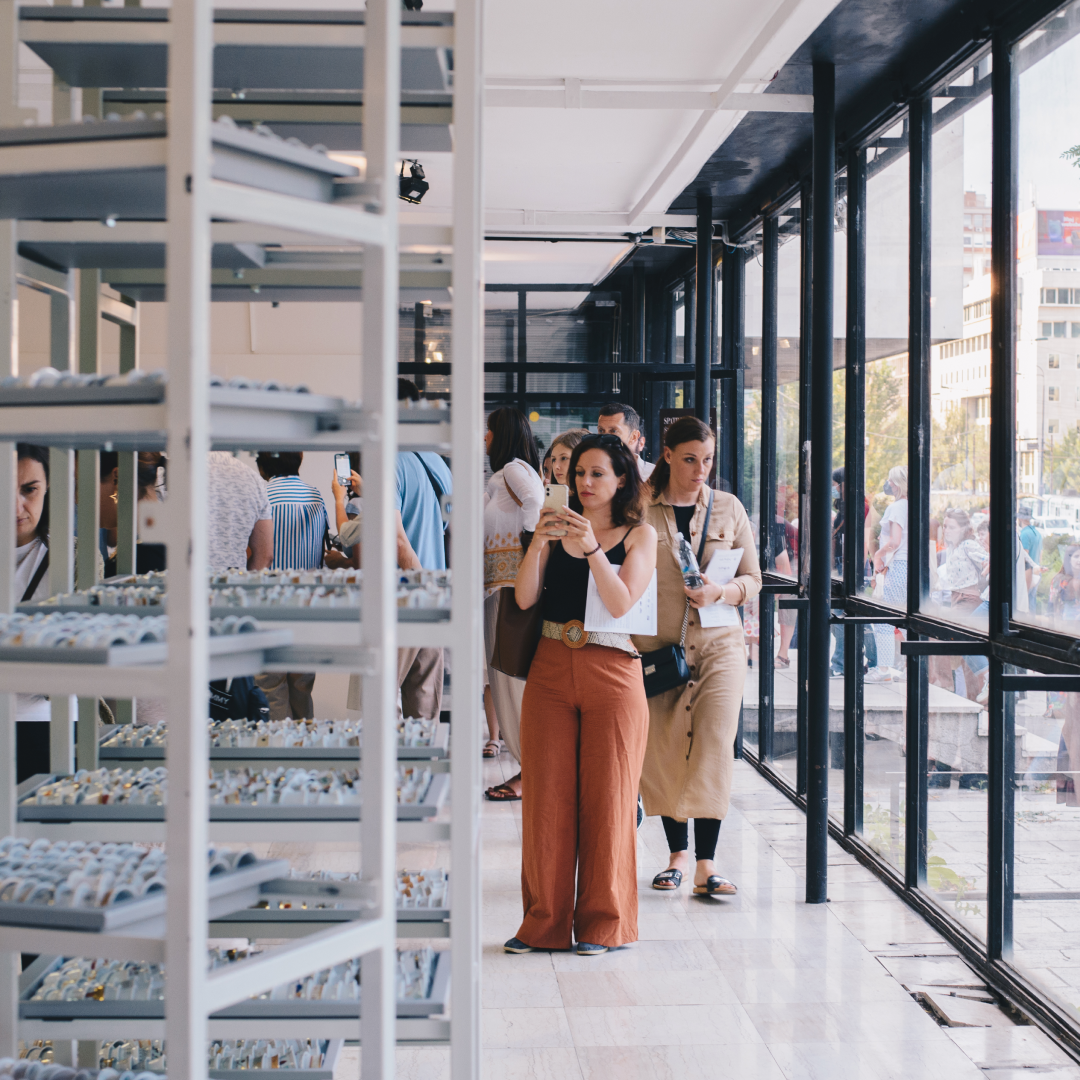
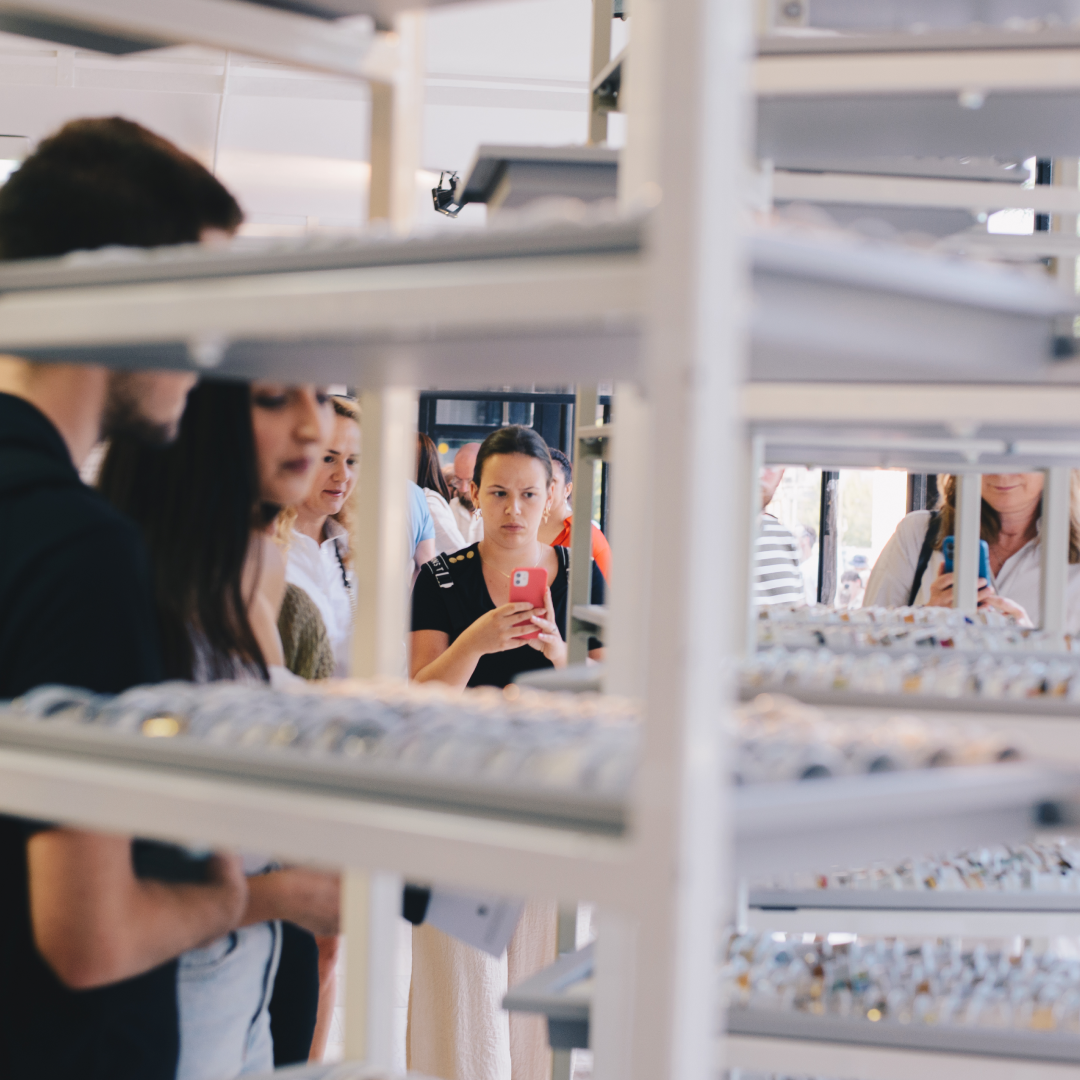

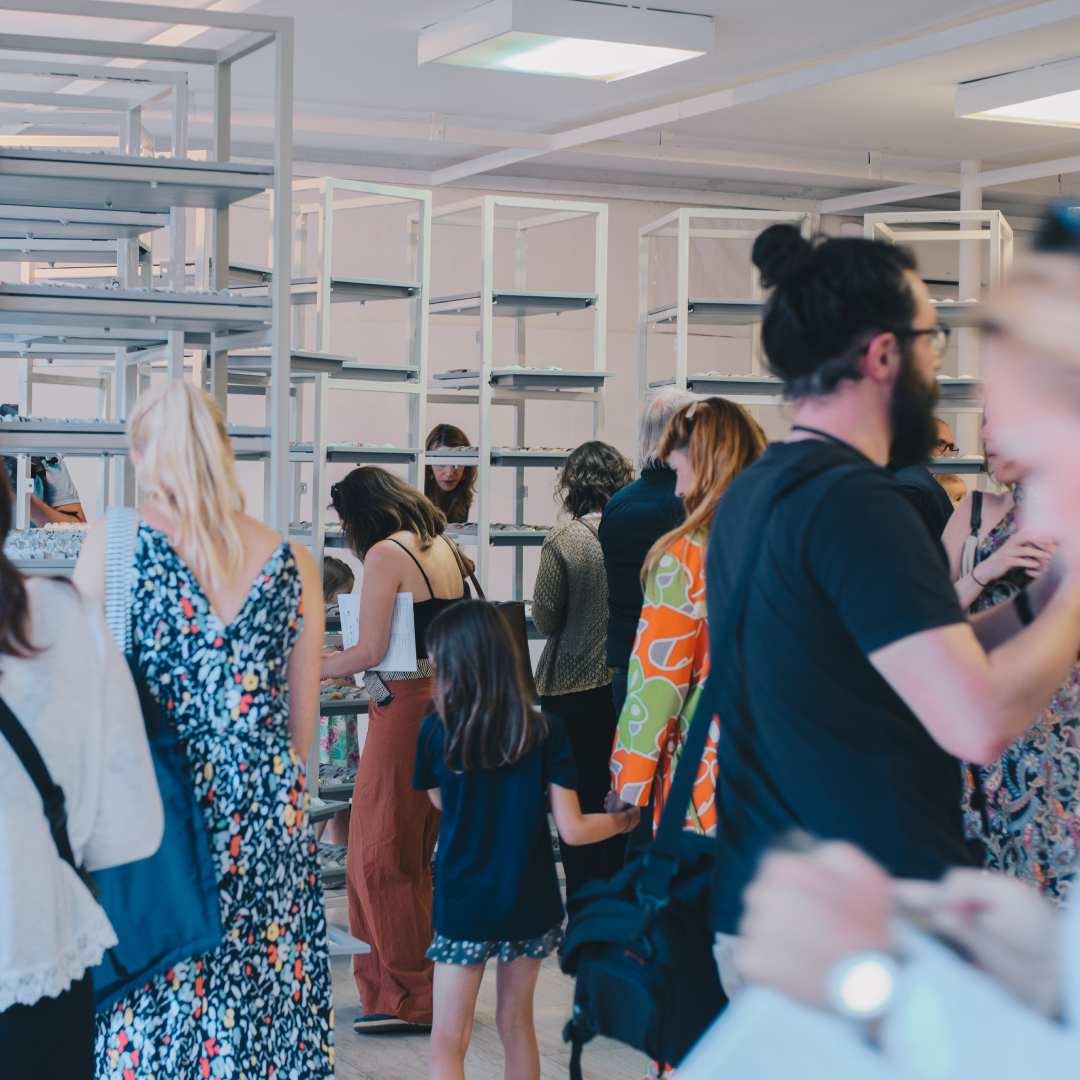




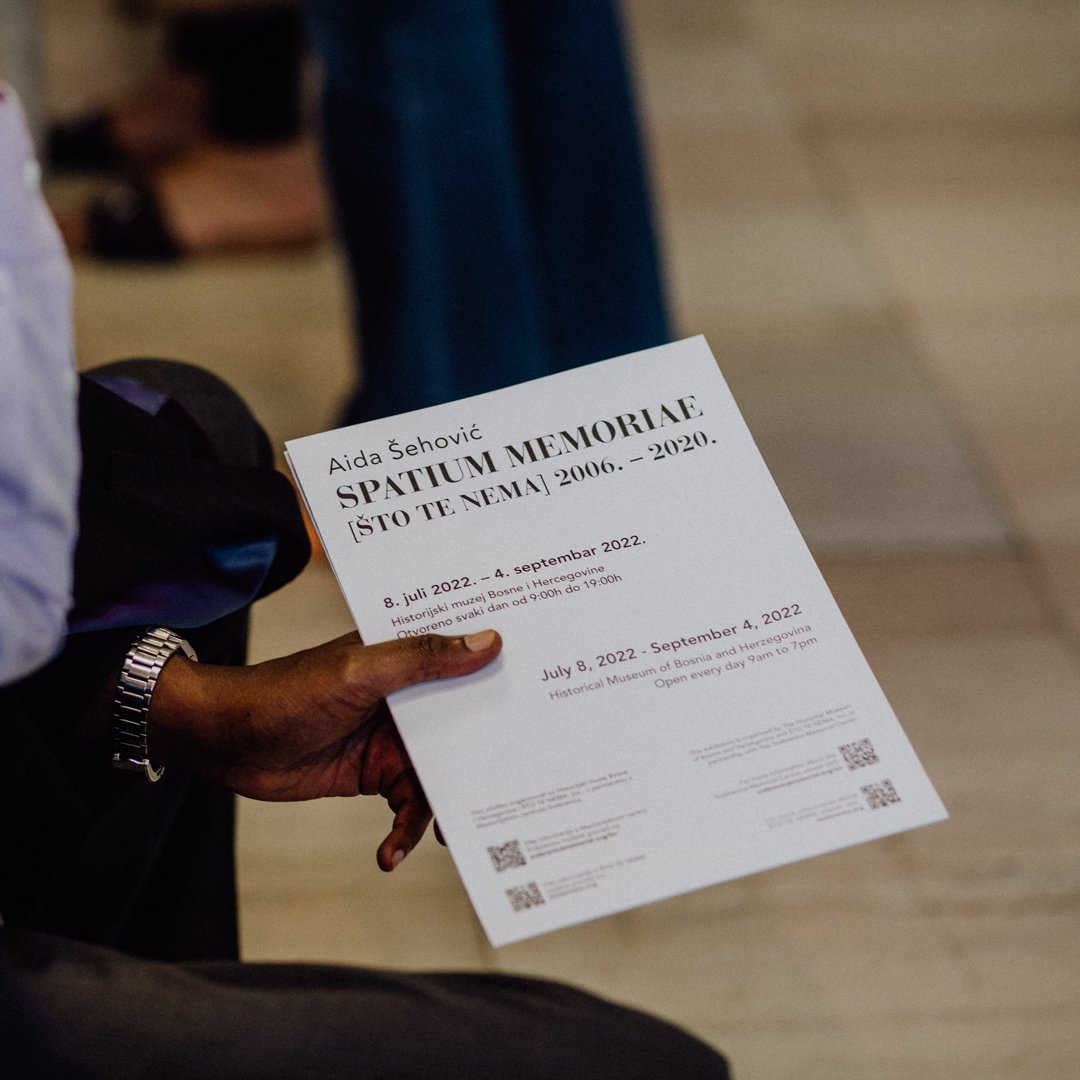
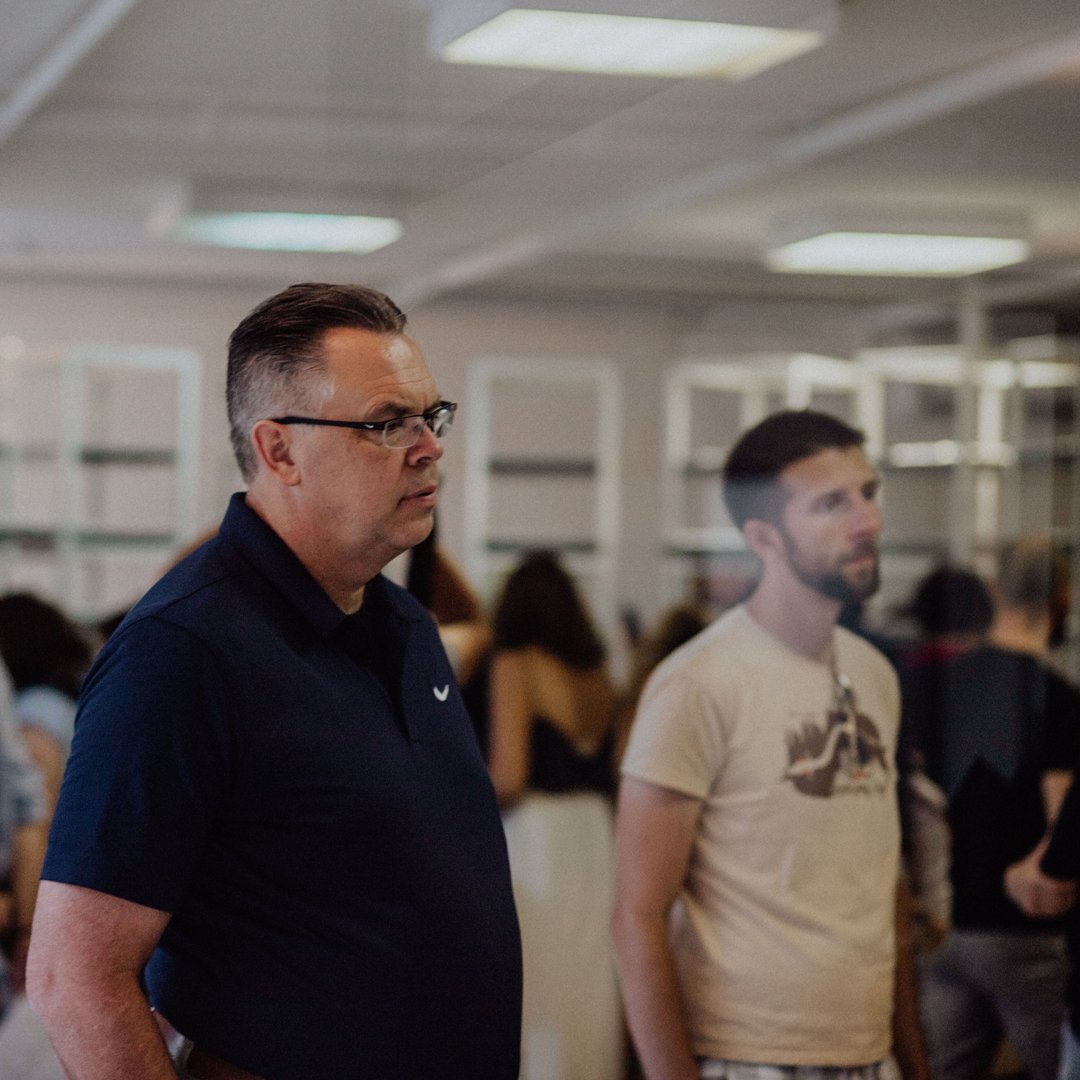



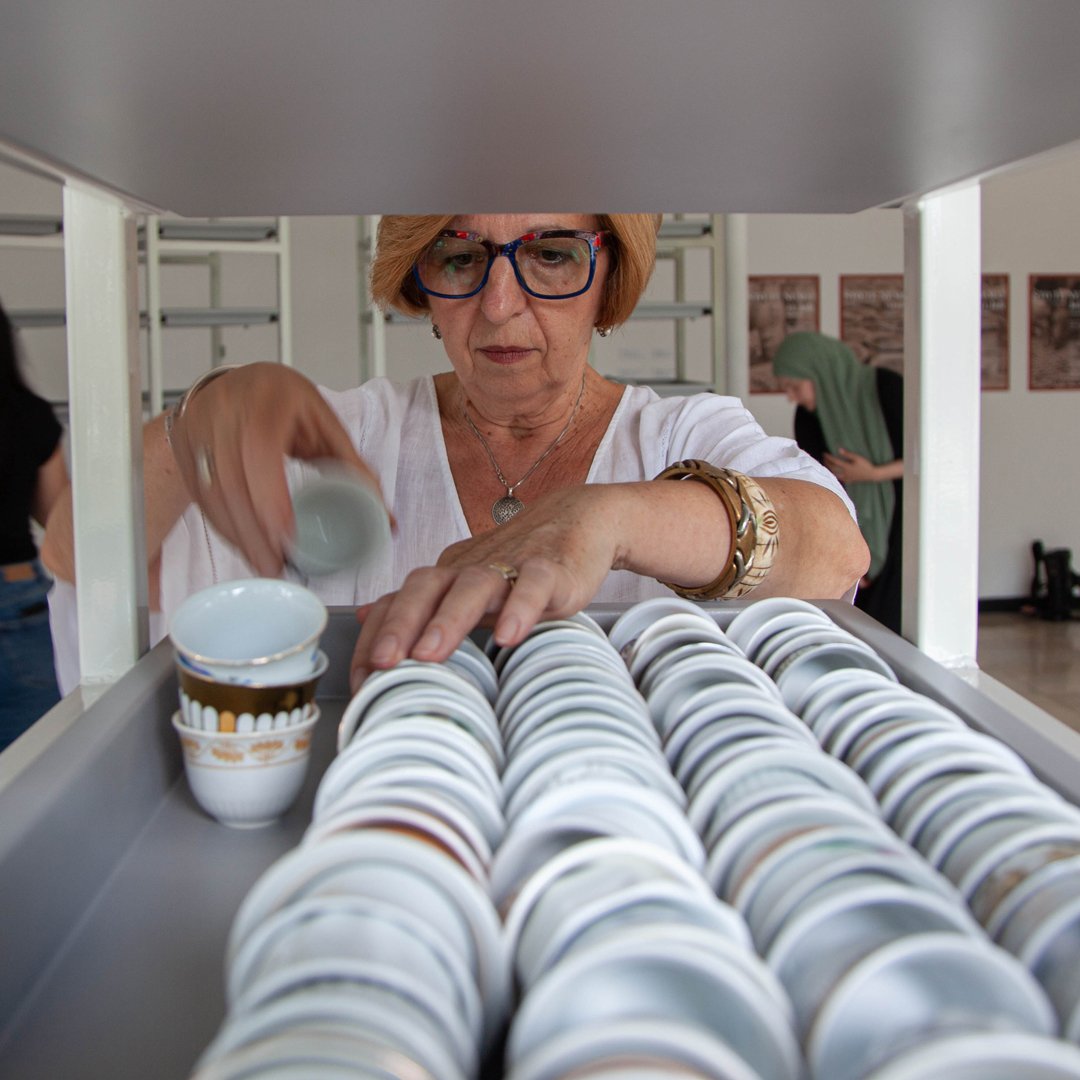




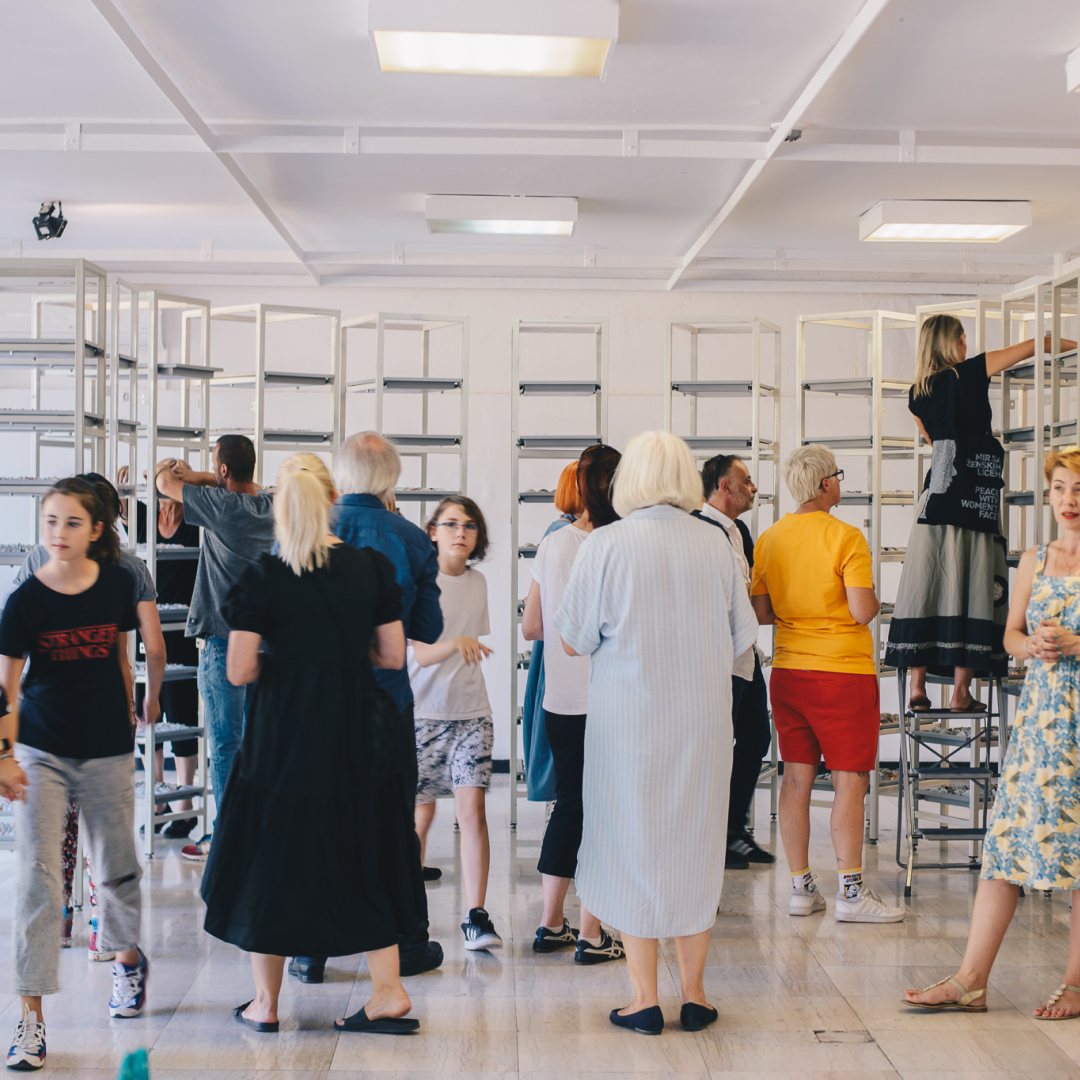

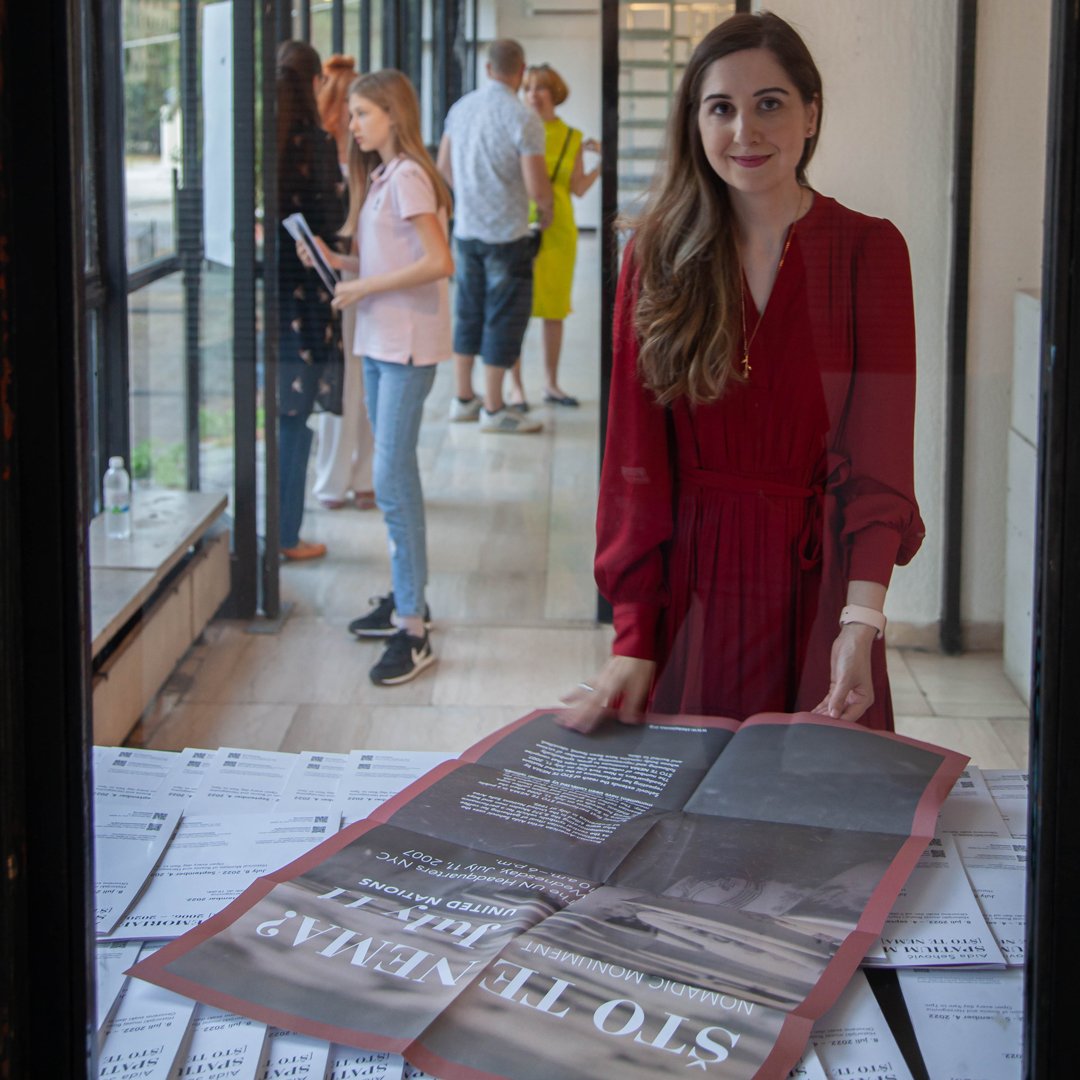

EXHIBITIONS | St. Louis
At the end of the summer, Spatium Memoriae [ŠTO TE NEMA] travelled from Winnipeg to St. Louis, where Aida was the 2021 Visiting Artist in Residence at the Laumeier Sculpture Park. Along with the monument’s archive, the exhibition at the Aronson Fine Arts Center includes a photo installation titled Family Album [ŠTO TE NEMA]. This related body of work replicates the office walls from the Women of Srebrenica Association covered with portrait photos of those who were killed, and those who remain missing.
The exhibition “Aida Šehović: ŠTO TE NEMA" was on view at Laumeier Sculpture Park from September 25 - December 19, 2021.
We were especially honored that members of the St. Louis Srebrenica Survivors Association and their families joined us for the community installation of Spatium Memoriae [ŠTO TE NEMA] at Laumeier. You can view a timelapse of this event below.
On Sunday, September 19, 2021 more than 100 people from the Bosnian diaspora living in St. Louis helped place more than 8,372 fildžani (small porcelain coffee cups) on shelving units used for our fall exhibition, “Aida Šehović: ŠTO TE NEMA.”
EDUCATION | Sarajevo | Srebrenica | St. Louis
ŠTO TE NEMA Monument Lab
This summer, we conducted our first ŠTO TE NEMA Monument Lab in partnership with Kuma International in Sarajevo during their annual summer school. The 3-day lab included a visit to the Srebrenica Memorial Center and workshops on the intersection between art, memory, and activism in post-genocide societies.
In the fall, we had our second ŠTO TE NEMA Monument Lab during Aida’s artist residency as part of the Memory for the Future Lab at Washington University in St. Louis. We look forward to organizing more workshops in the coming year to continue engaging young artists and researchers in our work on remembrance, healing and memorialization in innovative and participatory ways.
Throughout the year, we were glad to share our work and discuss ŠTO TE NEMA with academic and non-academic audiences. The discussion at Fractured Heart of Europe at the University of Antwerp and at Geographies of Belonging: Art, Politics and Communality initiated by the Van Abbemuseum in Eindhoven and conceived in collaboration with artist Lana Čmajčanin, art theorist Jelena Petrović and KRAK Center for Contemporary Culture offer two examples.


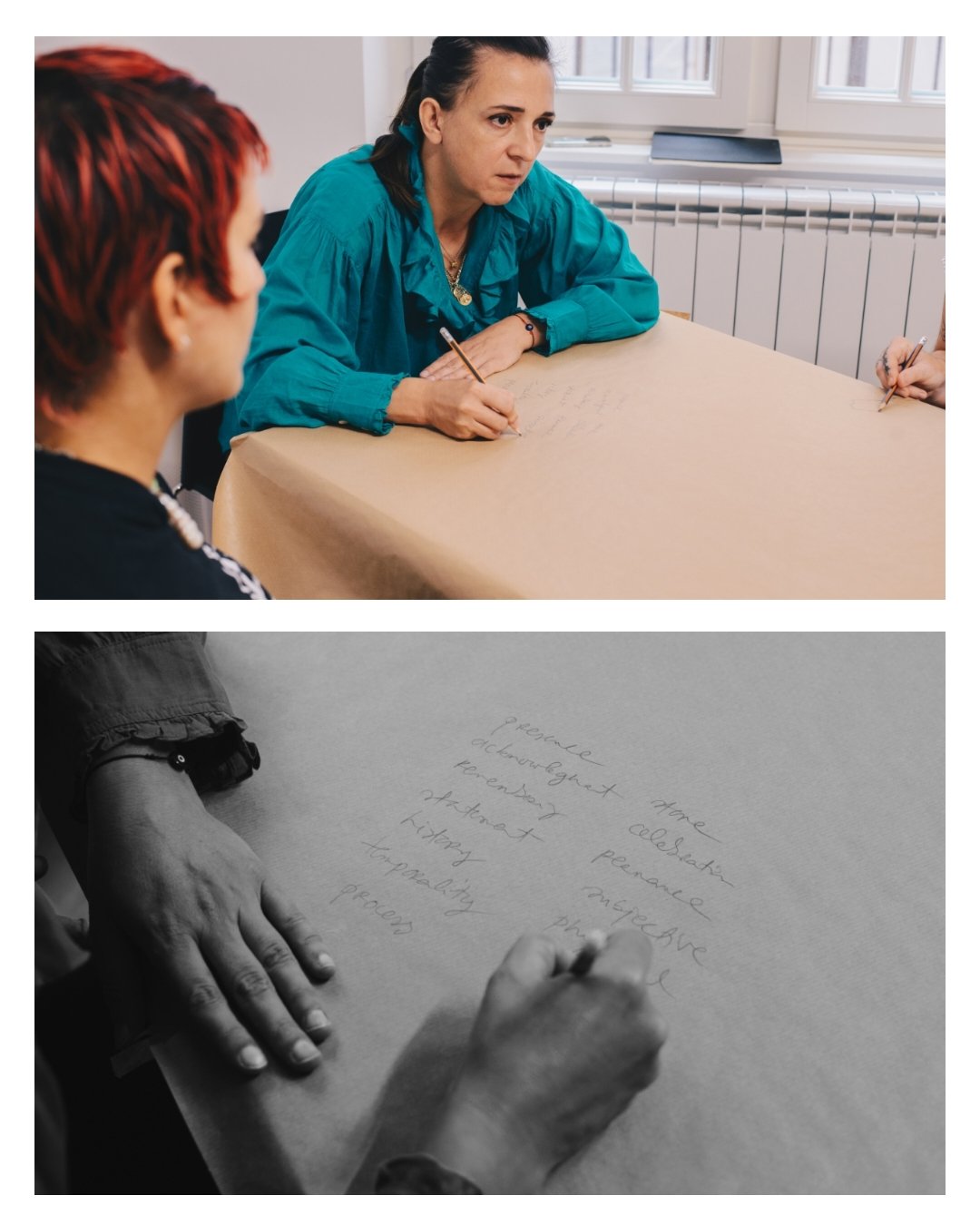
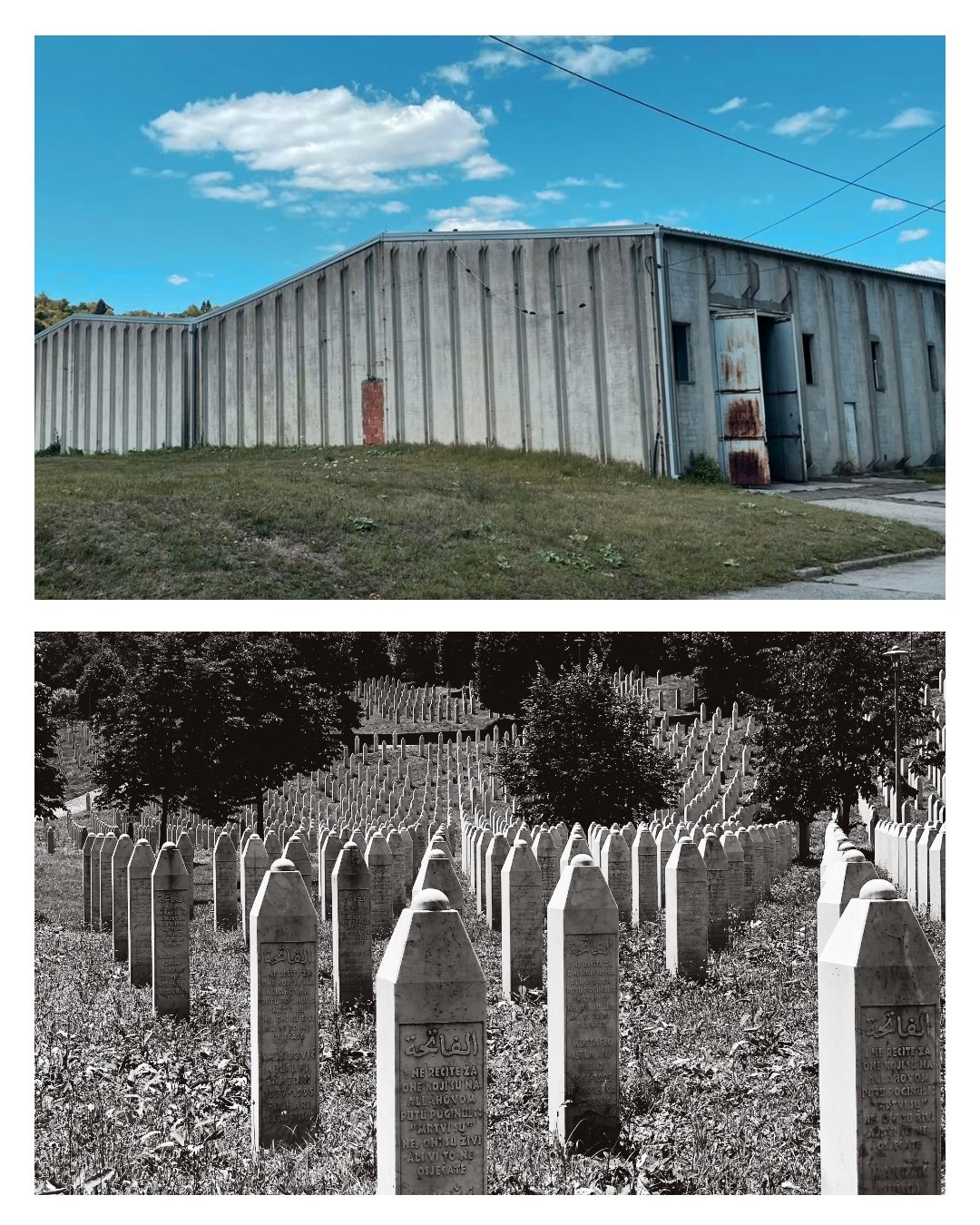
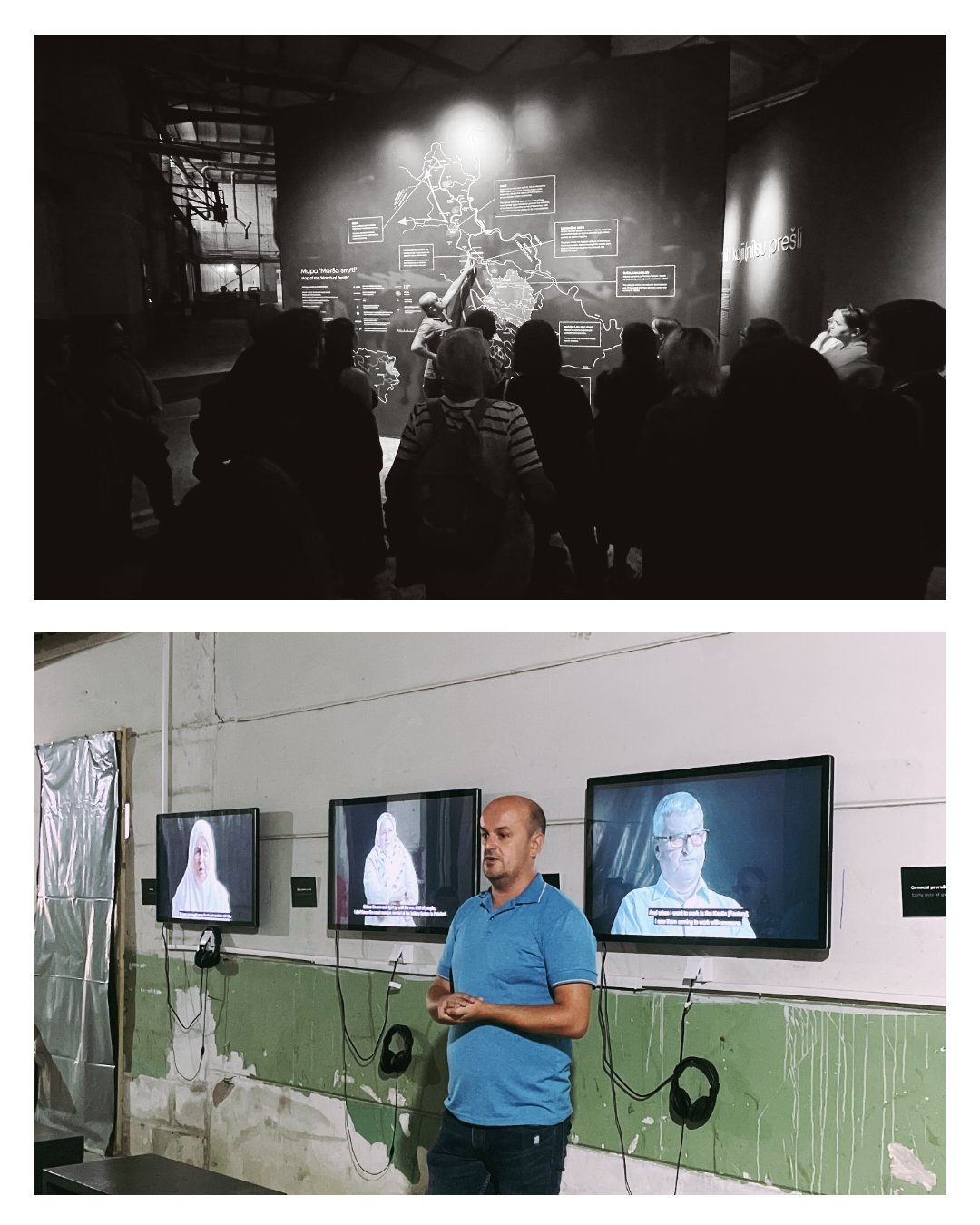



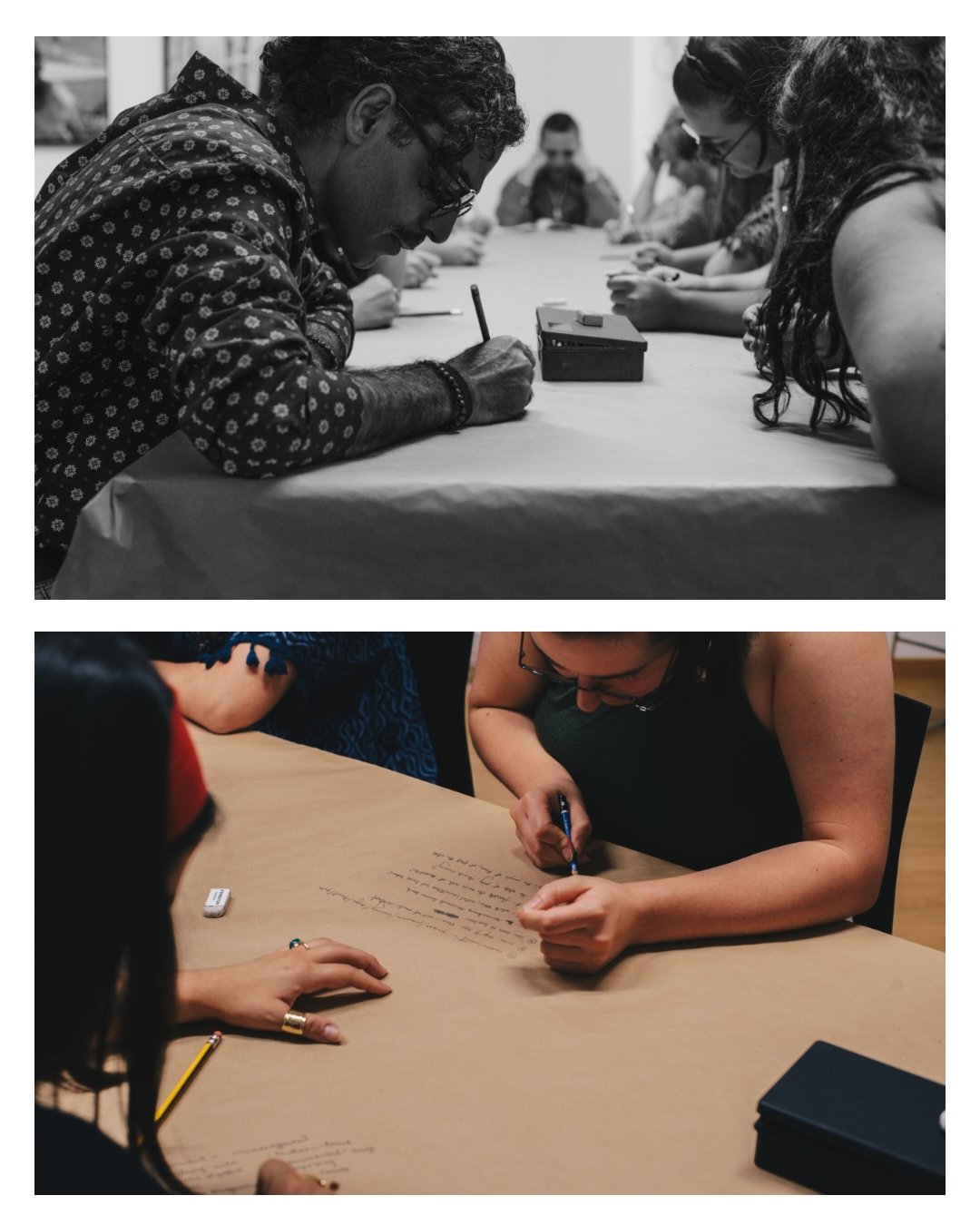

EDUCATION and PUBLIC PROGRAMS | Sarajevo | Srebrenica | St. Louis
ŠTO TE NEMA Monument Lab
ŠTO TE NEMA is unique because it uses art to bring people together around Srebrenica genocide remembrance, while fostering peace and genocide prevention. Our focus this year has been on including young people through various art and education programs in which empathy, solidarity, and humanity are primary tools for raising genocide awareness. This endeavor enabled us to find inclusive ways to bridge generational gaps between war survivors and post-war generations in Bosnia and Herzegovina, across different ethnic, and religious groups.
This summer, we organized a bi-lingual gathering in hybrid mode at the Srebrenica Memorial Center to reflect on the past 15 years of ŠTO TE NEMA. We were honored that over 70 participants from 10 different countries joined us to reflect on everything we have done and what our work has meant for people who are both directly and indirectly impacted by genocide.
This summer, we conducted our first ŠTO TE NEMA Monument Lab in partnership with Kuma International in Sarajevo during their annual summer school. The 3-day lab included a visit to the Srebrenica Memorial Center and workshops on the intersection between art, memory, and activism in post-genocide societies.
In the fall, we had our second ŠTO TE NEMA Monument Lab during Aida’s artist residency as part of the Memory for the Future Lab at Washington University in St. Louis. We look forward to organizing more workshops in the coming year to continue engaging young artists and researchers in our work on remembrance, healing and memorialization in innovative and participatory ways.
Throughout the year, we were glad to share our work and discuss ŠTO TE NEMA with academic and non-academic audiences. The discussion at Fractured Heart of Europe at the University of Antwerp and at Geographies of Belonging: Art, Politics and Communality initiated by the Van Abbemuseum in Eindhoven and conceived in collaboration with artist Lana Čmajčanin, art theorist Jelena Petrović and KRAK Center for Contemporary Culture offer two examples.
Between 2006 and 2020, the ŠTO TE NEMA nomadic monument traveled to 15 cities:
2020 >> Srebrenica Memorial Center in Potočari, Bosnia and Herzegovina
2019 >> Serra dei Giardini in Venice, Italy
2018 >> Helvetiaplatz in Zurich, Switzerland
2017 >> Daley Plaza in Chicago, USA
2016 >> Copley Square in Boston, USA
2015 >> Place de Saint-Gervais in Geneva, Switzerland
2014 >> Yonge-Dundas Square in Toronto, Canada
2013 >> Washington Square Park in New York, USA
2012 >> Taksim Square in Istanbul, Turkey
2011 >> Church Street in Burlington, USA
2010 >> Norrmalmstorg in Stockholm, Sweden
2009 >> Het Plein in The Hague, Netherlands
2008 >> Trg žrtava genocida in Tuzla, Bosnia and Herzegovina
2007 >> The United Nations Headquarters, USA
2006 >> Baščaršija in Sarajevo, Bosnia and Herzegovina
